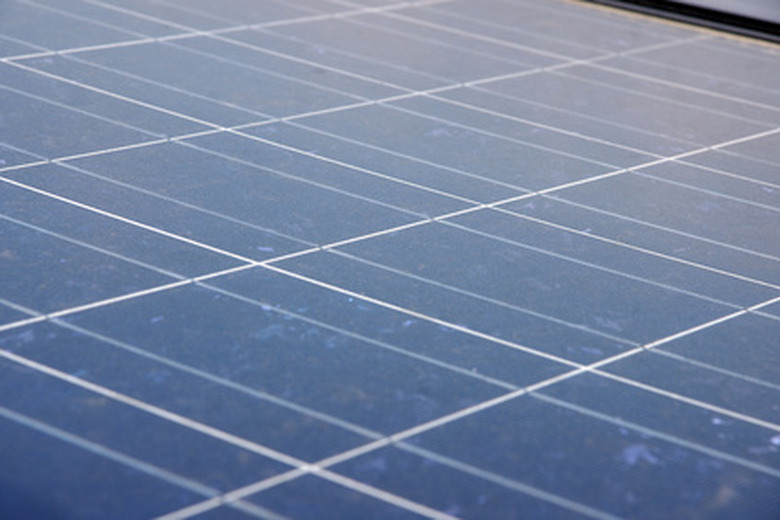How To Increase Watts With Two Power Inverters
Things Needed
-
Deep cycle battery
-
Wires or power inverter cables (sized to your system)
If you are using a portable power source or a renewable energy (RE) system, you most likely will be using a power inverter to convert the electrical signal from the power source, from DC (direct current) to AC (alternating current). This is a necessary step for running most electrical appliances, which typically run on 120v AC. Power inverters should be stored in the same location as your deep cycle battery bank or power source.
Step 1
Consult with the manufacturer of your power inverters to make sure they can be stacked into a parallel configuration. Certain inverters are not able to be stacked. Use two identical power inverters for your system, which will ensure their proper functioning and ability to be stacked together. Note that stacking two power inverters in this way doubles the amperage capacity of the inverters to draw power from the batteries. It also has the potential to decrease the battery bank's amp hours up to one half of their capacity as well.
Step 2
Connect the input terminals of the first power inverters to the battery bank. Each power inverter can have its own specific connection and wiring requirements, which should be dictated specifically by the manufacturer. The input wires should be the shortest length possible, definitely less than 6 feet. This will require the power inverters to be stored next to the power source. The size of the wires connecting to your power inverter should also be determined by the specifications of the power source, both in terms of the voltage of the system and the maximum amperage that will be traveling through the wires. There are multiple wire-sizing charts and wire-size calculators available online.
Step 3
Connect the second inverter (also called the "slave" inverter) to the first inverter (also called the "master" inverter). The positive input for the slave inverter should connect to the positive output from the master inverter. Repeat the same process for the negative input for the slave inverter and the negative output for the master inverter.
Step 4
Connect an extension cord to your master power inverter. The extension cord should be rated to handle the voltage and amperage of your RE system. Alternatively, connect the output from the power inverters to your circuit breaker switchboard.
Tip
You may also need to install an inverter controller for certain models.
Be sure to follow explicit directions from the inverter's manufacturer for all connections between the two inverter units, as well as the power source.
Stack two power inverters into a series configuration for doubling the voltage of your RE system or power source.
Warning
Stacking two mismatched power inverter brands and capacities can lead to shorting out your inverters or, at worst, electrical fires.
